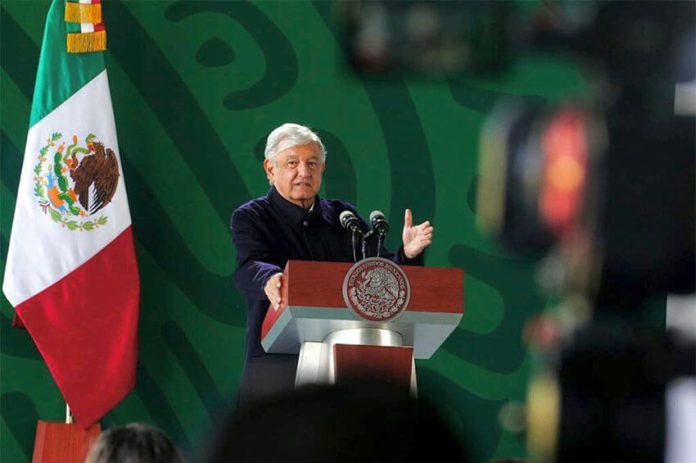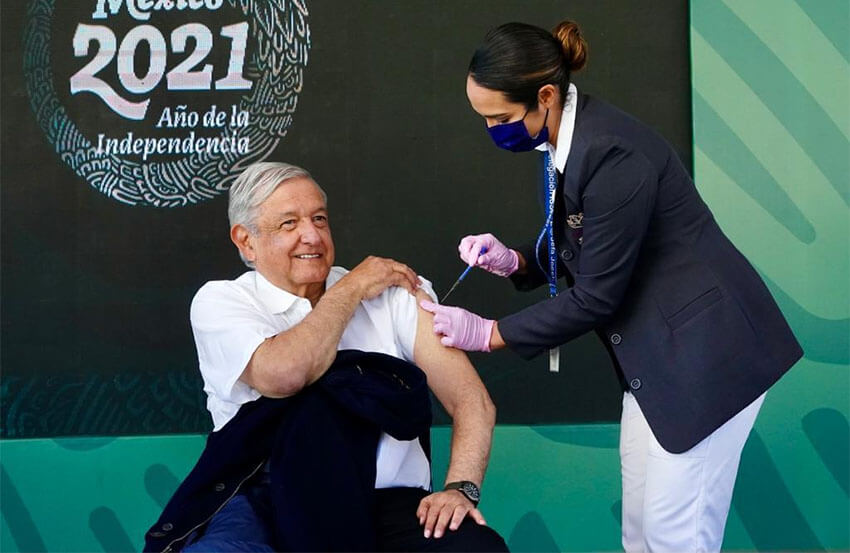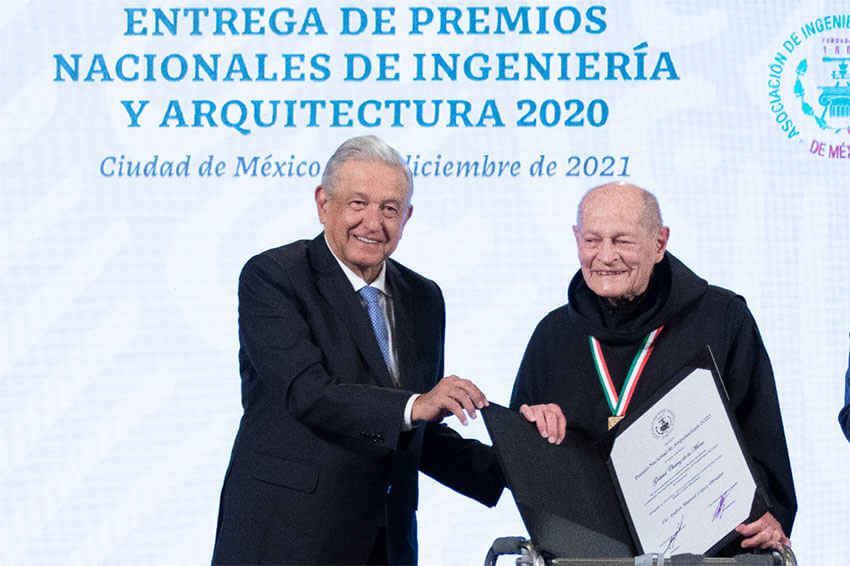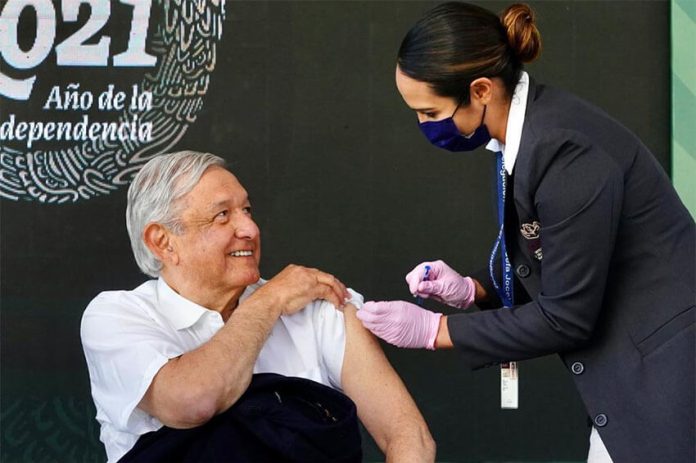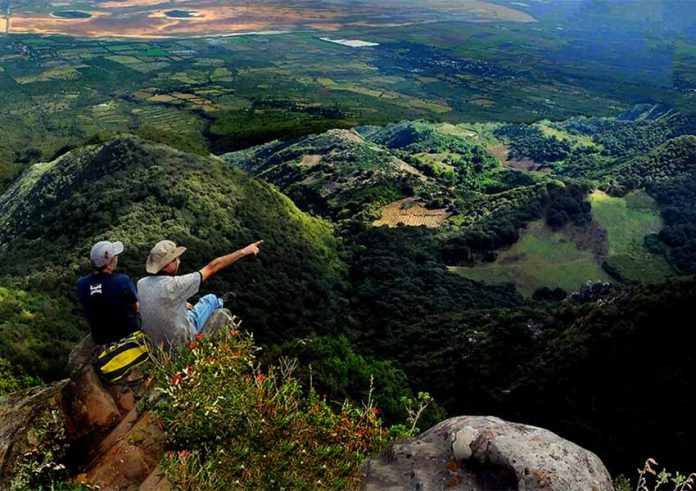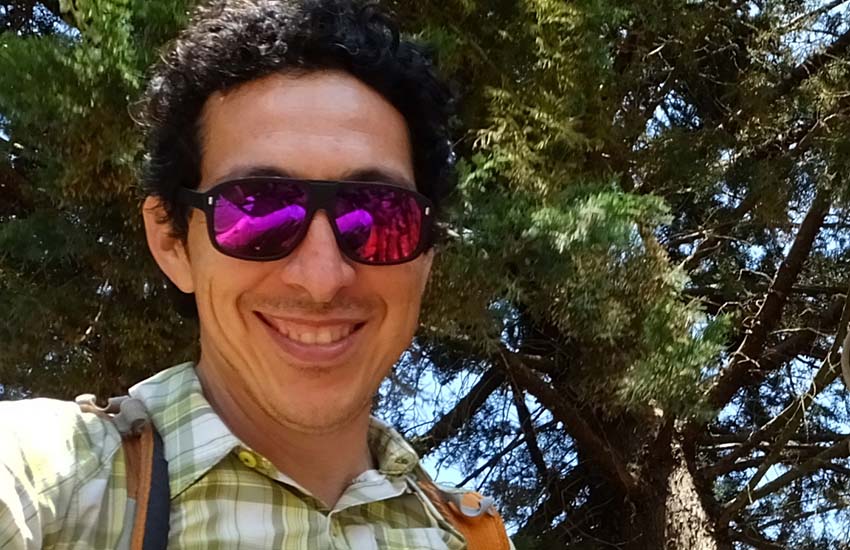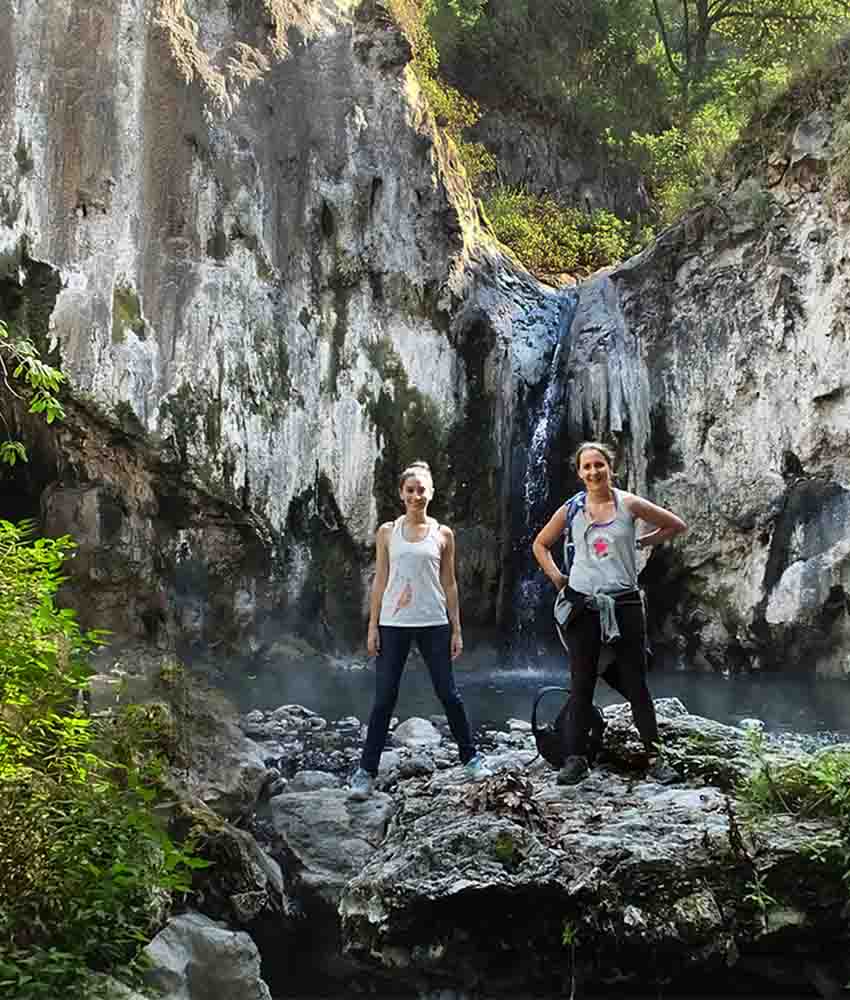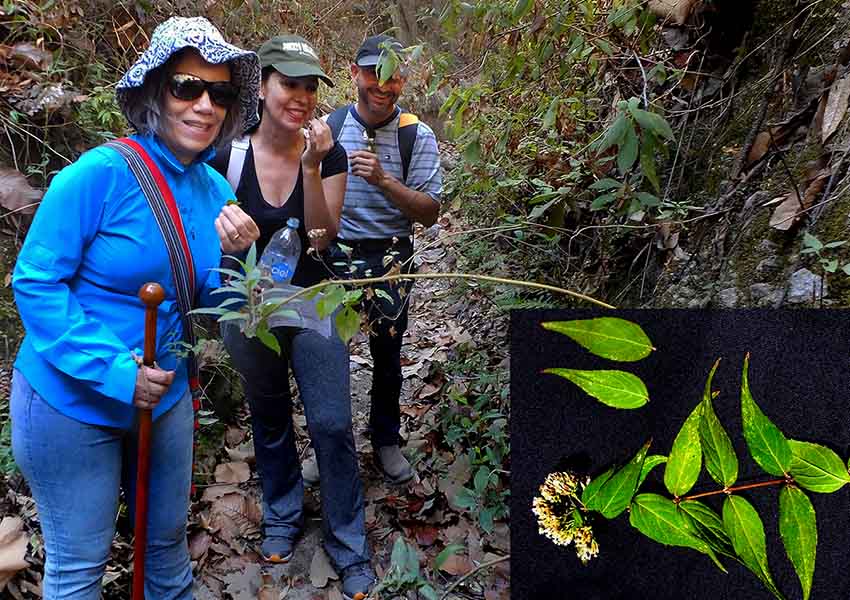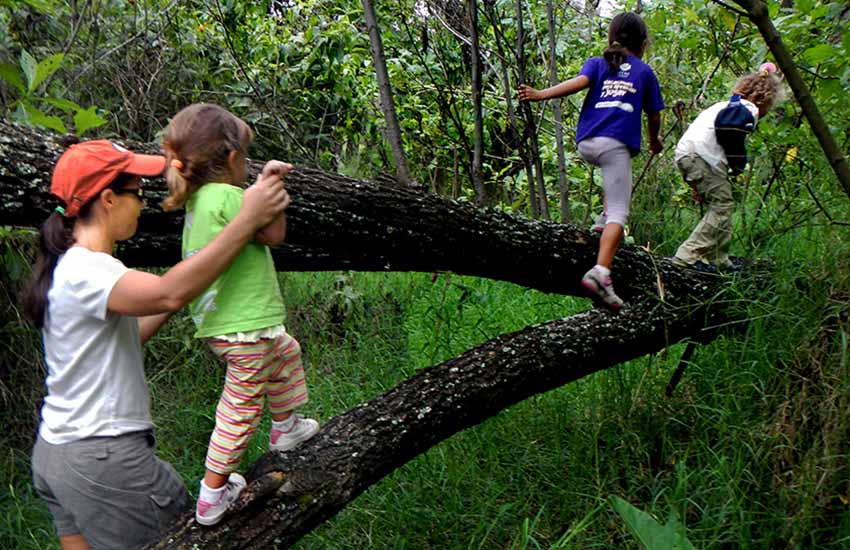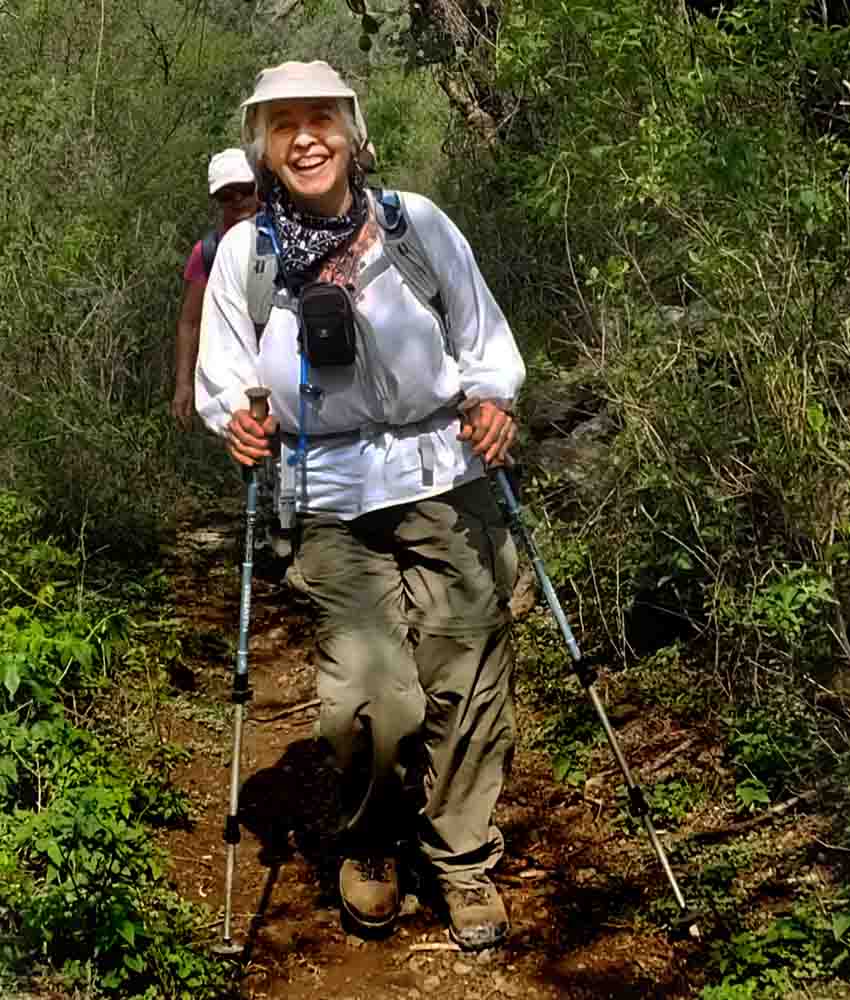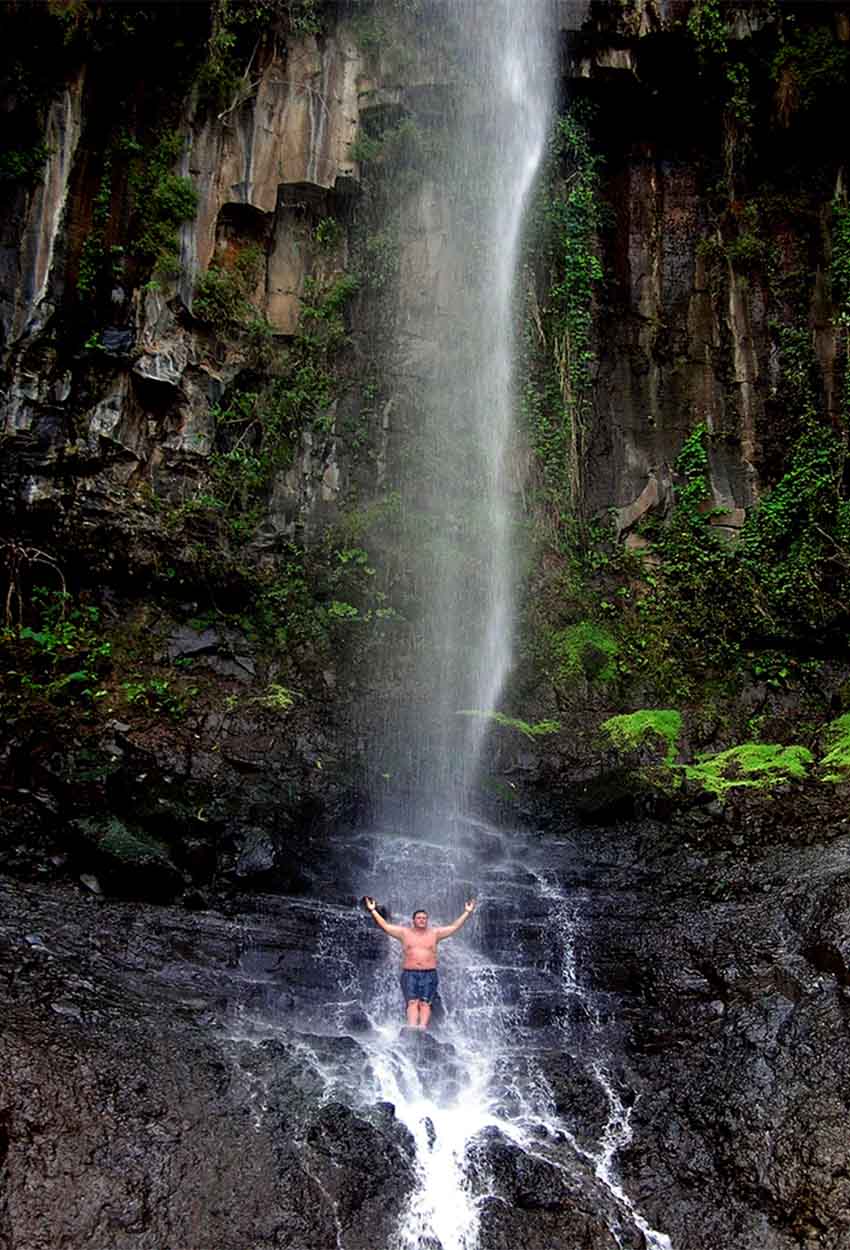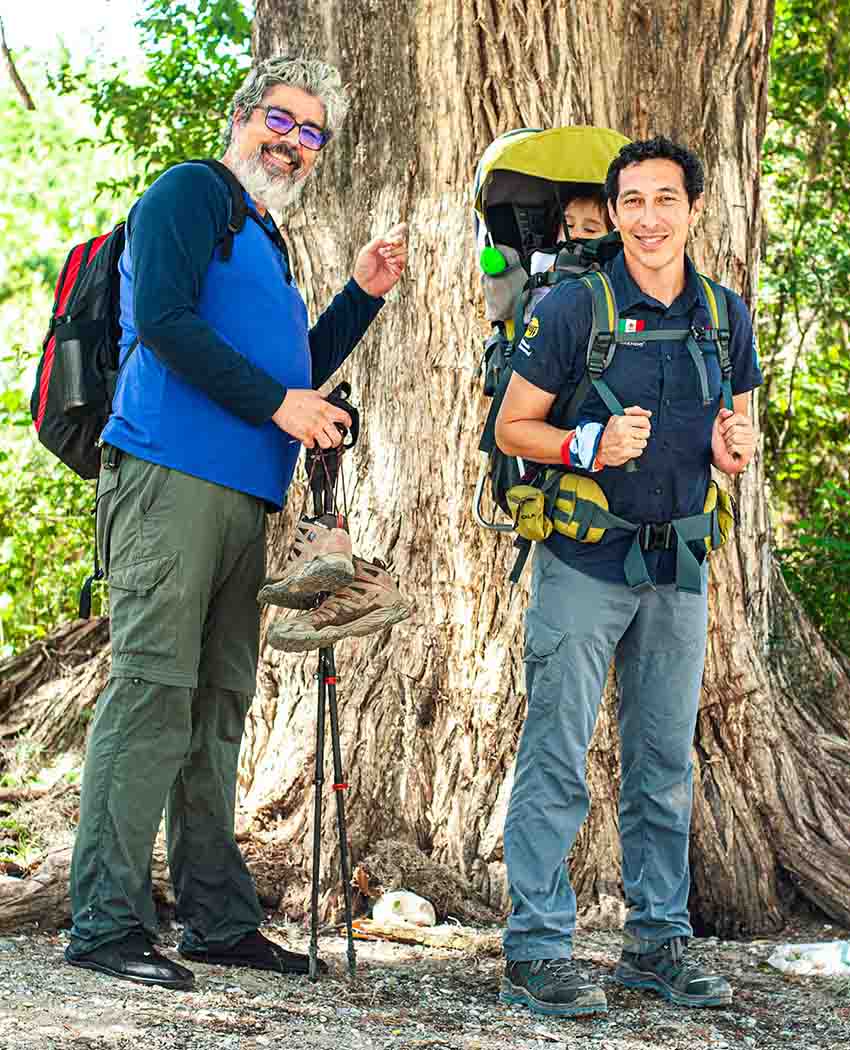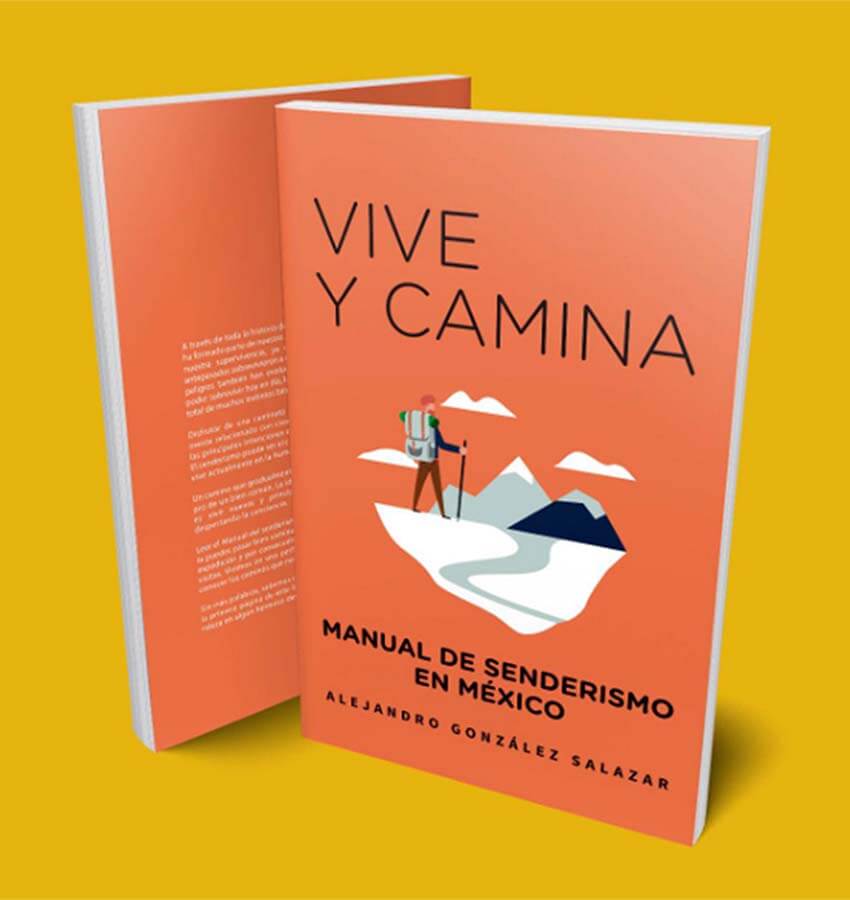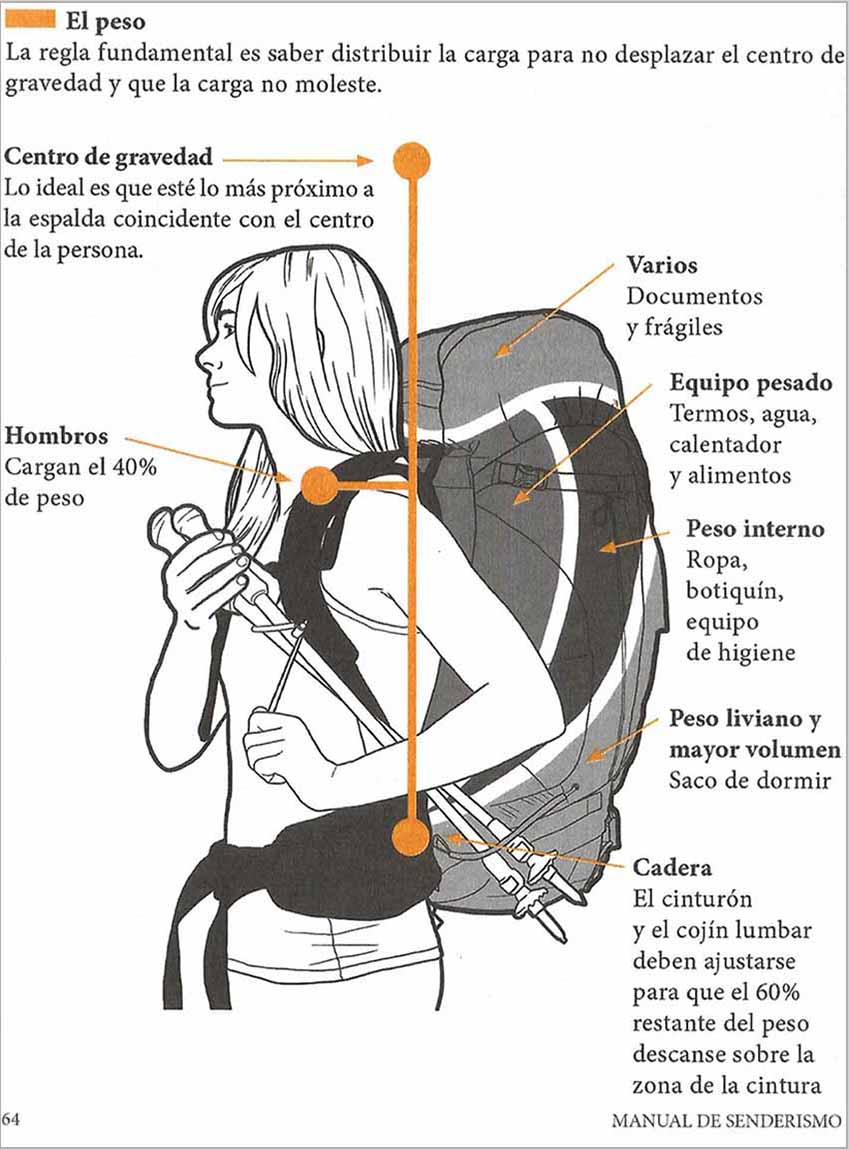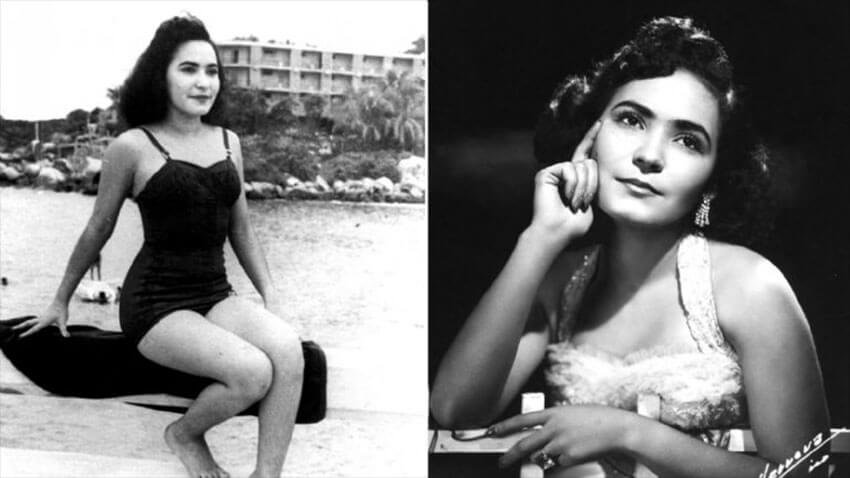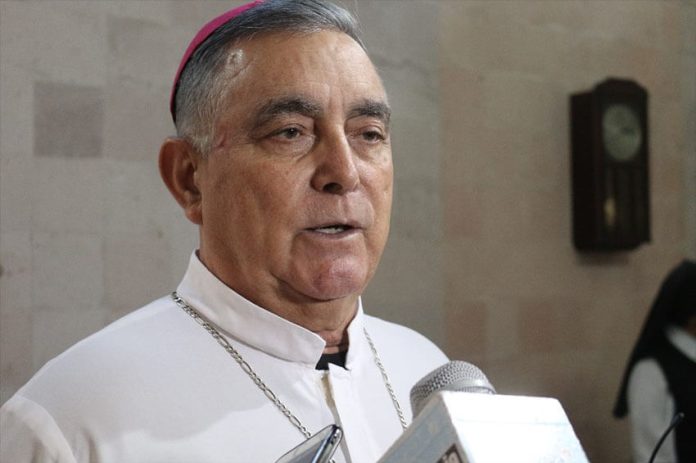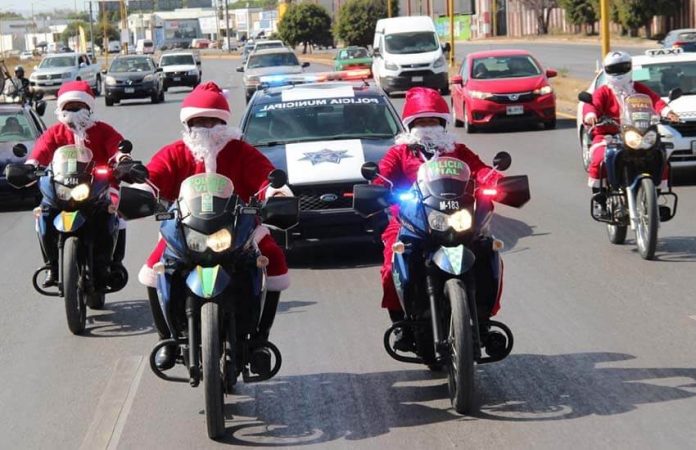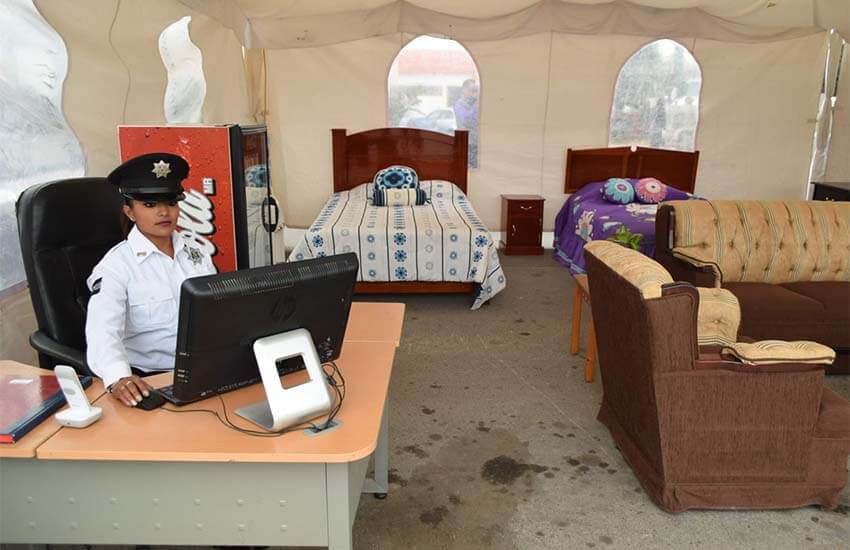The first record of cookies as we would recognize them is found in 7th-century Persia (now Iran), which was one of the earliest countries to grow sugar cane. Then, with the Muslim conquest of Spain in 711, previously expensive and hard-to-get sugar made its way more freely through the continent, and bakers began to use it more abundantly.
At that time, cakes and filled pies were the norm; cookies as we know them hadn’t really made an appearance in European society yet. What we think of as “cookies” originally had a very pragmatic use: made from small amounts of cake batter, they were for testing the oven temperature before baking cakes. That’s it.
Needless to say, bakers reveled in the availability of sugar, and by the 1300s, cookies, in some form or another, were commonplace in every level of European society. In the 16th century, England’s Queen Elizabeth I made history with gingerbread cookies fashioned in the images of important guests at a party.
By the 1800s, cookies began taking on qualities we’re more familiar with, specifically the creaming of butter and sugar, as opposed to the more liquid cake batter with its water and oil content.
The real burning question I know many of you have (especially fans of the TV show The Great British Bake Off) is why they’re called “biscuits” in England (and most other English-speaking countries, including parts of Canada) and “cookies” in the United States where, whether crisp or soft, it’s still called a cookie.

Hah! There’s really no answer; that’s just the way it is. The word “cookie” comes from the Dutch word for cake, koekje, and began to be used in English in the early 17th century. Historians speculate that Dutch immigrants brought the word to New York and it spread through the continent.
Here in Mexico, they’re galletas whether crispy, soft or somewhere in between.
Lemon-Masa Shortbread
These are so good you may want to double the recipe.
- 1 cup masa harina
- 1 cup flour
- 1 cup butter, softened
- ¾ cup confectioner’s sugar
- ½ tsp. salt
- Zest of 2 lemons
- 2 tsp. vanilla
- 1/3 cup granulated sugar
Preheat oven to 325 F. Lightly grease or line with parchment two baking sheets.
In small bowl, whisk masa harina and flour. Set aside.
Beat butter, confectioner’s sugar, salt and zest at medium-high speed until very smooth and creamy, about 5 minutes — longer than you normally would do for most cookies. Scrape sides of bowl as needed. Stir in vanilla.
On low speed, mix in dry ingredients until dough comes together. Portion into 1½-inch balls.
Gently roll in granulated sugar to coat before placing onto prepared baking sheets, leaving about 2 inches between each. Lightly flatten top of each cookie with a fork.
Bake 12–16 minutes until set and the edges start to brown slightly. Remove from oven; allow to cool on the baking sheet. (Cookies are fragile when warm.)
Cool completely before serving. Store well-wrapped at room temperature for several days; freeze for longer storage.

No-Bake Peanut Butter Bars
Basically DIY Reese’s Peanut Butter Cups. Yum!
- 3 Tbsp. butter
- 1 cup peanut or other nut butter
- Pinch of salt
- ½ cup cookie crumbs (graham crackers or gingersnaps) or shredded coconut
- About 1 cup confectioners’ sugar
- 1 cup chocolate chips
- ½ Tbsp. coconut oil or butter
- Toppings: flaky sea salt, shredded coconut, sliced almonds, chopped japoneses peanuts
Heat butter in a skillet, letting it melt, bubble and turn brown. Add peanut butter; turn off heat. (If nut butter is unsalted, add a pinch of salt.) Stir until peanut butter melts. Stir in crumbs. Sweeten to taste with confectioners’ sugar. Spread mixture onto a parchment-lined 8-by-8-inch pan.
In a small pot, melt chocolate chips and coconut oil/butter, stirring constantly. (Or microwave in 20-second bursts, stirring between each one.) Spread melted chocolate over the peanut butter layer, then sprinkle with toppings of choice. Refrigerate until set, about one hour. Cut into squares with a knife. Store in refrigerator.
Chocolate Coconut Almond Biscotti
- 1¾ cups flour
- ¾ cup cocoa
- 1 cup sugar
- 2 tsp. baking powder
- ¼ tsp. salt
- 3 eggs, lightly beaten
- 2 tsp. vanilla
- 1Tbsp. water
- 1/3 cup shredded unsweetened coconut, toasted
- ¼ cup slivered almonds or chopped pistachios
Preheat oven to 350 F. Whisk together flour, sugar, baking powder, cocoa and salt. Using an electric mixer, beat in eggs and vanilla, then the water. Keep beating till dough is smooth and soft, or dump onto a floured counter and mix by hand. Add nuts and coconut and mix well. Dough will be stiff, but try to work it to the point that it’s smooth without any cracks.
Divide dough in half. Form each half into a 2½-inch wide, 3/4-inch tall log and transfer to a parchment-lined baking sheet.
Bake for 12 minutes; turn baking sheet and bake 12 minutes more. Dough should be firm but give slightly when pressed.
Cool 20 minutes on wire rack; cut diagonally into about ¼-inch slices and place standing upright back onto cookie sheet. Bake again for 8 minutes; rotate cookie sheet and bake 8 minutes more.
Remove from oven and cool.

Muddie Buddies/Puppy Chow
Not cookies but still a delicious treat.
- 1 (12-oz.) box of Chex, Crispix or similar cereal (about 11 cups)
- 1½ cups chocolate chips
- ¾ cup creamy peanut butter
- 1 tsp. vanilla
- 1½ cups confectioners’ sugar
- Salt
Place cereal in a large bowl. Melt chocolate chips and peanut butter: Microwave in 30-second intervals, stirring between each, until nearly completely melted, then stir to melt completely. On stovetop, stir in a small saucepan over low heat.
Once melted, remove from heat and stir in vanilla. Pour chocolate-peanut butter mixture over the cereal; stir vigorously to coat. Refrigerate until chocolate is cool, 10–15 minutes.
Spread coated cereal in an even layer on sheet pan. With a fine-mesh sieve, sprinkle some of the confectioners’ sugar evenly over the cereal, add a pinch of salt, then toss with a spoon or your hands, until evenly coated. Repeat with remaining powdered sugar.
Store in airtight container at room temperature for 3–4 days or in fridge or freezer for months.
Janet Blaser is the author of the best-selling book, Why We Left: An Anthology of American Women Expats, featured on CNBC and MarketWatch. She has lived in Mexico since 2006. You can find her on Facebook.


